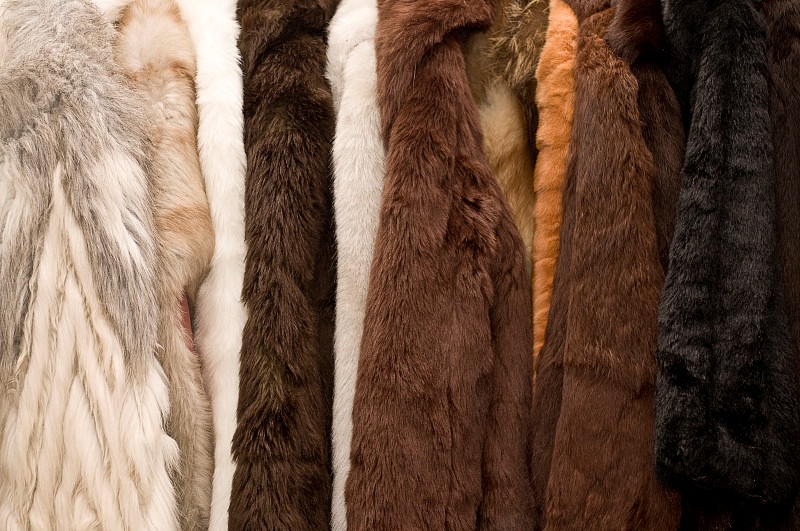Natural fur is inseparable from the environment
2025-05-20

Natural Fur: A Sustainable Alternative in the Age of Fast Fashion
In the battle against fast fashion, natural fur offers a refreshing, sustainable solution. Not only is it deeply intertwined with the environment, but it also embodies heritage, craftsmanship, and individuality. As society increasingly values sustainability, natural fur stands as a biodegradable, renewable alternative to synthetic materials like fossil fuel-derived faux fur, aligning with the growing environmental consciousness of consumers.
The concept of circular fashion is central to the philosophy of natural fur. Unlike disposable fast fashion items, fur is designed with longevity in mind. It can be repaired, reused, and remodeled, promoting a more sustainable, slow fashion cycle. Rather than being discarded after a single season, fur garments are meant to be cherished, adapted, and circulated, serving as a high-quality asset for years, if not decades.
The Environmental Benefits of Natural Fur
1. Long-lasting and Biodegradable
Natural fur is known for its durability, often lasting for decades when cared for properly. Unlike synthetic alternatives such as faux fur, which can take centuries to degrade, natural fur breaks down naturally, reducing long-term environmental impact. Faux fur, made from petroleum-based products, can take anywhere from 500 to 1,000 years to biodegrade—far beyond the lifespan of the garment itself.
2. Eco-friendly Waste Management
The fur industry is committed to minimizing its environmental footprint. Waste from fur farming is repurposed into biofuels and fertilizers, promoting sustainable agricultural practices. In addition, wild fur plays a vital role in wildlife management, supporting the balance of ecosystems by managing overabundant species in a responsible manner.
3. Sustainability in Practice
Fur, whether farmed or sourced from well-regulated hunting of overabundant species, is a renewable resource that aligns with sustainable fashion values. Unlike mass-produced, synthetic textiles that are often made from non-renewable resources, natural fur is part of a thoughtful, low-impact cycle from sourcing to production.
A Solution to Fast Fashion
The current fashion industry is dominated by speed and disposability—an approach that contributes heavily to environmental degradation. Natural fur offers an alternative that’s not just about longevity, but also circularity: it can be used, repaired, and returned to nature when it finally reaches the end of its life cycle. This makes it a fitting solution to the fast fashion crisis, promoting a more responsible, long-lasting approach to style.
In summary, natural fur is not only a luxury material but also a sustainable choice. With its timeless appeal and eco-friendly properties, fur offers a solution that’s aligned with the future of fashion: one that’s slow, sustainable, and built to last.
Why Choose Natural Fur Over Synthetic?
Sustainability: Natural fur is a renewable and biodegradable material that lasts for generations.
Environmental Impact: Faux fur takes centuries to break down, whereas natural fur returns to nature in a matter of years.
Waste Repurposing: Fur farming waste is used as biofuels and fertilizers, reducing environmental harm.
By choosing natural fur, consumers are not only investing in quality but also in a more sustainable and eco-friendly future.
